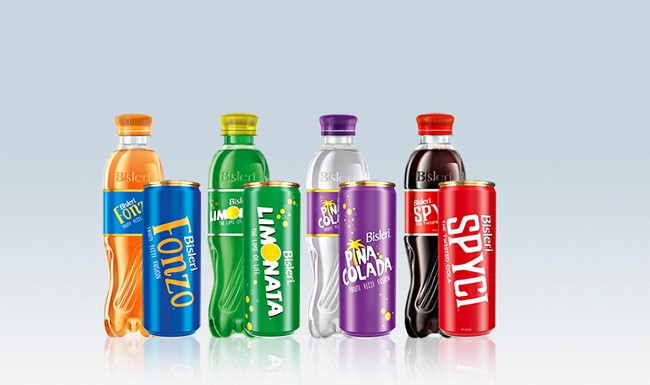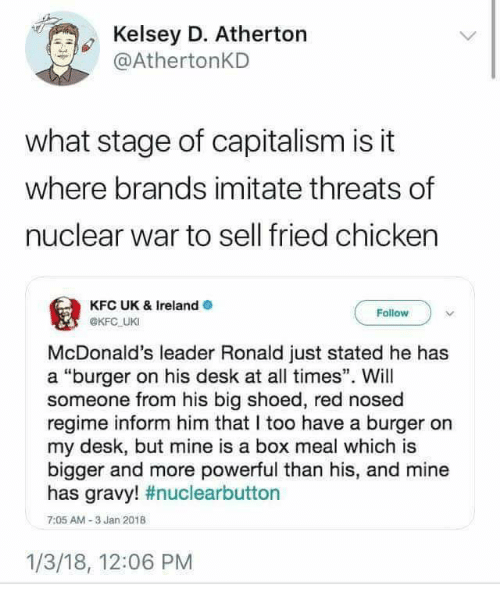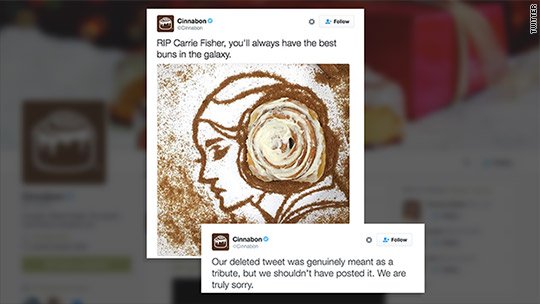Remembering Some F & B Branding Fails
Branding is nothing short of effective storytelling. Ideally, a brand must introspect on what its core values are, and craft a relatable story that will help audiences connect with their values. And although brands may have the best intentions, if they are not a hundred percent clear of their own messaging, they could fail in communicating their essence, which could, in turn, hurt business. Another factor that marketers need to be sensitive towards is the ecosystem around them. Many brands have tried to use wit and humour but have ended up hurting the sentiments of others and humiliating themselves in the process. This is especially true if the attempt at “cuteness” is not in keeping with what people believe is at the heart of the brand. Keeping this in mind, here are a few branding fails which we all could learn a thing or two from.
Bisleri Pop hops on the cola bandwagon
Do you remember Bisleri’s line of soda which was available in Indian markets for a very brief period of time? Chances are, you probably won’t. The mineral water company got ambitious and decided to hop on an already overcrowded wagon- the cola stage. Now there’s very little you can do to differentiate yourself in a space which is already in the red zone for most audiences, with people trying to make healthier choices. There was absolutely nothing original or unique about these sodas, they were as sugary and carbonated as their competition, and they even looked like knock-offs of popular brands. Of course, a consumer is more likely to reach out for a can of Coca-Cola over a can of Spyci since the later just looked like a rip-off of the former. Consumers who looked to Bisleri for the transparent purity of their water were probably confused about what to think about the brand.
Lesson learned: Do what you do best, stay true to your brand and don’t be a sheep.
Danone tries to take on dairy in India
The French dairy company, Danone, has finally decided to call it quits after three failed attempts at entering the Indian markets. Although on paper it may seem like Danone did everything right, from ‘Indianising’ their products, case in point Danone Mishti Doi, to running extensive campaigns in India, they didn’t take into consideration the industry itself. India has had a long-lasting relationship with dairy, and Danone was no match for our homegrown dairy brands like Amul and Gowardhan which have now become household names. They did this by flaunting their Indianness at every available opportunity and the consumers (figuratively) lapped it up given the strong cultural tie-in our nation’s various regions and religions have with milk. There was simply no space for yet another dairy company to make a mark in the Indian market, unless there was something absolutely strikingly different, somehow from the competition- which there wasn’t.
Lesson learned: Understand the strength of the incumbents before you try to venture into unknown waters.
Pepsi’s Live for Now campaign
In this ad which left the whole world appalled, a privileged Kendall Jenner is shown leaving her comfy modeling job to join an unspecified protest with a bunch of disgruntled youth. As the ad progresses, conflict arises between the protesters and the police, enter Kendall Jenner with a bottle of Pepsi. The model then hands a cop a can of Pepsi, and voila! All the protesters are elated and the issues have magically been solved. The only plausible explanation for this rather ill-timed ad was to appeal to the youth “woke” culture. In doing so, Pepsi managed to trivialize and marginalize whatever was being protested against, drawing attention away from social causes to corporate gain by saying fractures in society can be fixed by opening a bottle of Pepsi, obviously, the real world is much more complex than that. In essence, Pepsi represents a sense of fun and enjoyment -values that couldn’t contrast more with the seriousness of the occasions they were trying to newsjack.
Lesson learned: Stick to what your brand represents instead of trying to opportunistically relate to every audience.
Wendy’s digital stand-off with a customer
Above is a classic example of brands trying too hard. Here, KFC is seen poking fun at a competitor by using a political analogy, but Wendys took it a tad too far. This is an ever-present danger in today’s complex and polarized times. In an attempt to be witty and sassy instead of just sticking to the brand’s principles and practices, Wendy’s received a public backlash. The original “mine is bigger than yours” note to McDonald’s may have been on the edge of reasonable comments but the gravy really hit the fan for Wendy’s when they replied to one of its customers with a Pepe the frog meme. Pepe was co-opted by white supremacists during the 2016 presidential elections, and hurt the sentiments of many, for obvious reasons.
Lesson learned: Do not try to outwit your customers, it will only go downhill from there. Instead, voice what your brand stands for and stick to those guns.
McDonald’s takes a stand
After the US presidential elections, MacDonald’s decided to follow many other brands who decided it was a good idea to dis the new president. Caught up in a storm of competitive tweeting and confused about what they represented to their millions of fans, they shared a tweet in an attempt to burn President Trump, but things didn’t quite go as they expected. With a large portion of the nation and MacDonalds’ core audience aboard the Trump train, MacDonald’s got left behind and experienced a significant drop in sales. In a desperate attempt to win back customers, they issued an apology claiming they were hacked. This not only made the brand appear spineless but also deceitful since Twitter as a whole was highly skeptical of Mc Donald’s being hacked. It’s also important to note that they clearly hadn’t understood their own demographics and target audience, the health-conscious, sustainable brands that took a liberal stand were seen as more genuine and they received a lot of support from their core constituencies. Mc Donald’s, on the other hand, caters to an entirely different segment, clearly an important consideration if you must take a political stand.
Lesson learned: Stay away from politics unless that is what is true to your brand.
Cinnabon monetizes the passing away of Carrie Fisher
It’s one thing to use a Cinnabon in a 4th of July creative, maybe as a part of the fireworks, but it’s another thing entirely to use one to replace the iconic bun of Princess Leia, played by the late Carrie Fisher. That’s insensitive and uncalled for. Clearly, no brand must stoop so low as to try and cash in on the death of another human being. Those sweet, sticky, curvaceous buns have little to do with the passing of someone -indeed which product does?
Lesson learned: It’s a sad day if it has to be said that the death of a human being MUST not be leveraged as a product placement opportunity.
What these ill-considered but possibly well-meant fails tell us is that brands should not try too hard. The Pepsi campaign was a textbook example of a brand trying desperately to connect with a broader audience but failing. Cinnabon was a classic example of brands trying to force-fit their products into current affairs, without context or regard for the sentiments of others. Brands should stand true to who they are, this will ensure that their communication is always genuine. This will help the brand stand out in a space where competitors are struggling to genuinely connect with an audience without losing their inner brand voice.
Want to avoid a failure for your brand? Write to us on info@lokusdesign.com.






